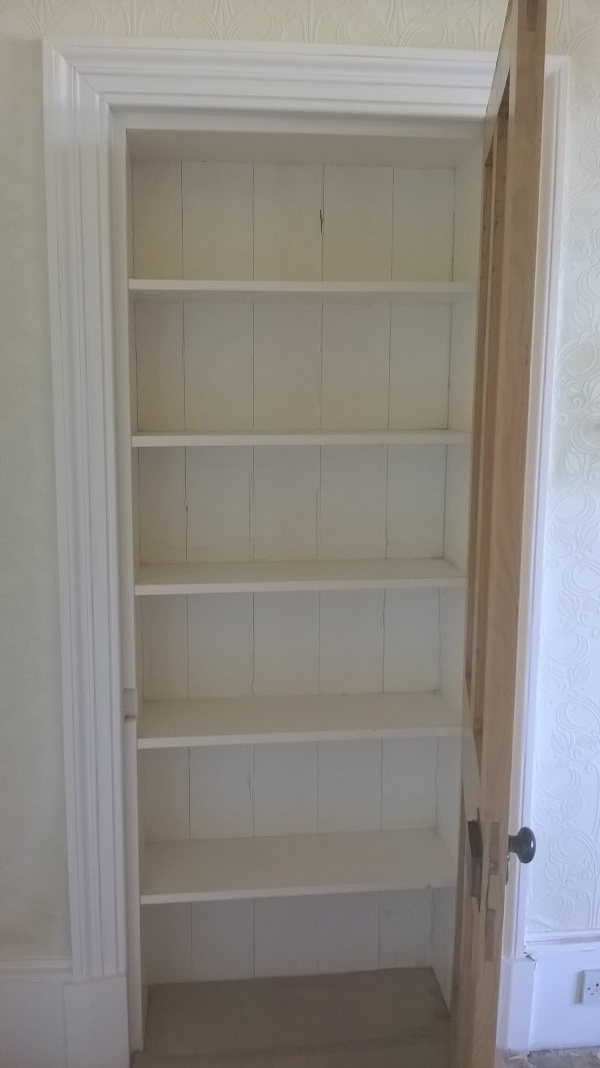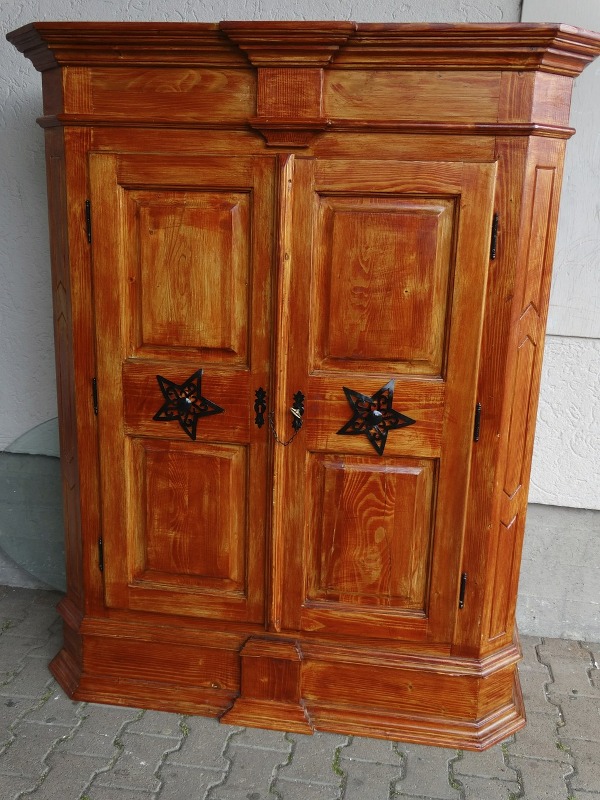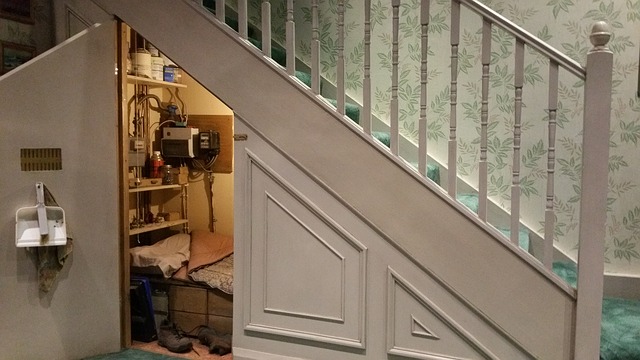Cupboards
Cupboards (sometimes indicated on drawings by the letters CPD) are recessed areas, or sometimes standalone pieces of furniture that are used for storage. The term is derived from the English words cup and board, and originally referred to an open-shelved sideboard or table that was used to display items such as plates and cups. Cupboards are now typically closed, with doors on the front and may be fitted with shelves. They may be recessed, fitted, or free standing.
The term ‘wardrobe’ (sometimes indicated on drawings by the letters WRD) refers to a cupboard that is used for the storage of clothing. It may also be used to refer to the clothes themselves. It is derived from the words ‘warder’ meaning to guard and ‘robes’ meant clothes. Very large wardrobes may be referred to as 'walk-in wardrobes'.
A pantry is a storage area for food, and sometimes dishes and other household items. It is derived from the French word ‘pain’ meaning bread. A larder is similar, but is generally cool to aid the storage of food and is typically adjacent to the kitchen.
An airing cupboard contains a water heater, providing hot water to a building, and slatted shelves on which linen and towels can be stored, preventing them from becoming, or remaining damp.
Other types of cupboard include fume cupboards, linen cupboards, under-stairs cupboards, kitchen cupboards, and so on.
[edit] Related articles in Designing Buildings
Featured articles and news
The UK's Modern Industrial Strategy: A 10 year plan
Previous consultation criticism, current key elements and general support with some persisting reservations.
Building Safety Regulator reforms
New roles, new staff and a new fast track service pave the way for a single construction regulator.
Architectural Technologist CPDs and Communications
CIAT CPD… and how you can do it!
Cooling centres and cool spaces
Managing extreme heat in cities by directing the public to places for heat stress relief and water sources.
Winter gardens: A brief history and warm variations
Extending the season with glass in different forms and terms.
Restoring Great Yarmouth's Winter Gardens
Transforming one of the least sustainable constructions imaginable.
Construction Skills Mission Board launch sector drive
Newly formed government and industry collaboration set strategy for recruiting an additional 100,000 construction workers a year.
New Architects Code comes into effect in September 2025
ARB Architects Code of Conduct and Practice available with ongoing consultation regarding guidance.
Welsh Skills Body (Medr) launches ambitious plan
The new skills body brings together funding and regulation of tertiary education and research for the devolved nation.
Paul Gandy FCIOB announced as next CIOB President
Former Tilbury Douglas CEO takes helm.
UK Infrastructure: A 10 Year Strategy. In brief with reactions
With the National Infrastructure and Service Transformation Authority (NISTA).
Ebenezer Howard: inventor of the garden city. Book review.
The Grenfell Tower fire, eight years on
A time to pause and reflect as Dubai tower block fire reported just before anniversary.
Airtightness Topic Guide BSRIA TG 27/2025
Explaining the basics of airtightness, what it is, why it's important, when it's required and how it's carried out.
Construction contract awards hit lowest point of 2025
Plummeting for second consecutive month, intensifying concerns for housing and infrastructure goals.
Understanding Mental Health in the Built Environment 2025
Examining the state of mental health in construction, shedding light on levels of stress, anxiety and depression.

























